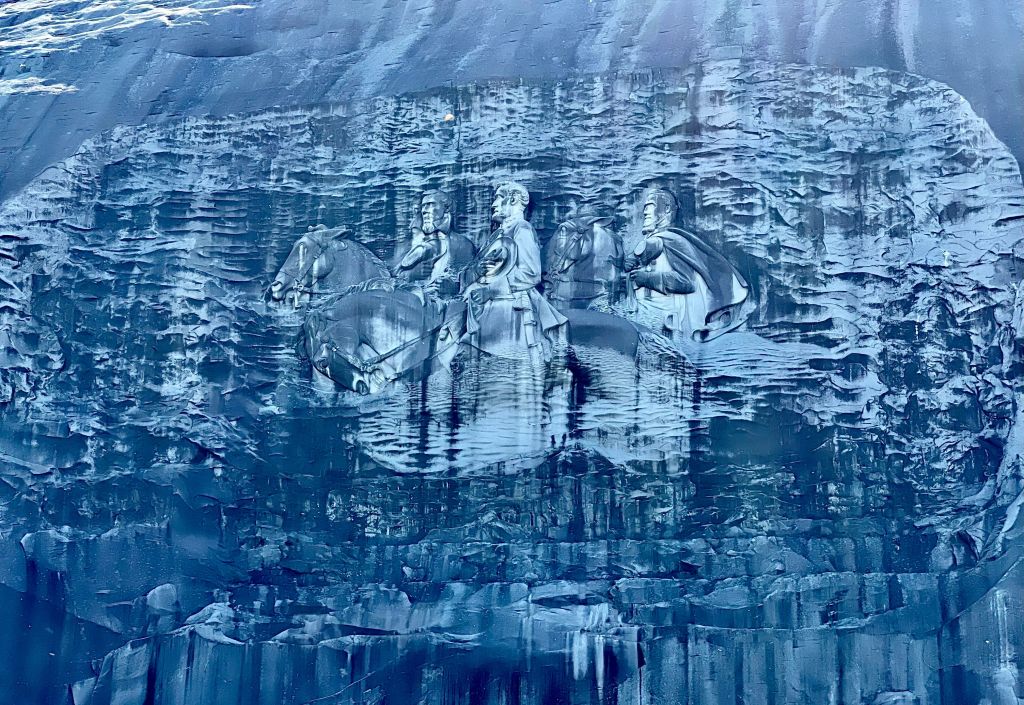Top 10 Worst U.S. Man-Made Environmental Disasters
The recent oil spill in the Gulf of Mexico is one of many man-made environmental disasters that this country has produced in its history.
Before the recent oil spill, the Gulf of Mexico had plenty of environmental issues. There is actually an area of the gulf that is considered a “dead zone” that is the size of New Jersey where no ocean life can survive. This is the result of the massive use of pesticides and chemical fertilizers in the area. Once used, these chemicals seep out of farmlands and into the gulf, polluting it. This area continues to grow and this year’s oil spill has made the situation exponentially worse.
Another environmental disaster that plagues our oceans is the Pacific Trash Vortex. Forget landfills, we’ve turned the ocean into our own personal garbage dumpster. Consisting of mainly plastics, this patch is roughly as big as the United States and swirls in what is considered to be the world’s biggest garbage dump.
America is really good at producing and dumping waste onto the environment. A little place in upstate New York called Love Canal is a prime example of this. This town was created to be a “model city” by William T. Love but ran into funding issues and then was abandoned. Hooker Chemicals was given permission to use this land as a dump site in the 1950s. After the dumping was done the company covered up the site with soil and vegetation to make the area look normal to sell it to a local school board. The residents of Love Canal had no idea they were living on top of toxic waste and also did not know their children were playing it in on a daily basis. By the 1970s over half of the children born in the area had birth defects. Residents petitioned to call attention to the problem until they were finally relocated.
Text Continues After Gallery…
Another company also knowingly poisoned innocent citizens through toxic dumping. Monsanto (a company that has its roots in producing chemicals, including Agent Orange during Vietnam) at one time produced PCB cooling agents and then dumped the byproducts into a creek in the town of Anniston, Alabama. Monsanto knew how dangerous this chemical waste was but did nothing to warn the residents of Anniston.
Storing waste can be equally as dangerous as dumping it. There have been a few sludge spills from coal companies storing mining byproducts in West Virginia, Kentucky and Tennessee. In October 2000 a reservoir owned by Massey Energy Company unleashed tons of toxic materials onto land and into rivers along the West Virginia-Kentucky boarder. In Tennessee, a similar incident happened in 2008. A wall holding 80 acres of coal sludge broke and spilled out onto 300 acres of surrounding land. Both of these accidents could have been prevented had the right safety precautions taken place.
Obama: Oil Spill A “Massive, Unprecedented Environmental Disaster”
There are lots of materials that we now know are hazardous to our health. Just because we’ve stopped producing these materials doesn’t mean they just disappear. Asbestos is something still found in many places in the country and has continued to contaminate communities. The W.R. Grace plant in Libby, Montana produced smoke and pollution that contained asbestos causing over 1,000 people to fall ill and the deaths of over 200 people. Another contamination occurred in Picher, Oklahoma. Piles of mine waste containing lead were dropped on land around the community. The lead contamination caused the eventual evacuation of the town.
Gulf Waits In Fear As Oil Slick Advances Toward Delicate Shore
One of the most drastic disasters occurred at the site of a nuclear plant. The Three Mile Island Nuclear Meltdown could be called one of the scariest accidents in our history. In 1979, the plant suffered a partial core meltdown that unleashed up to 13 million curies of radioactive noble gases into the air.
The most notorious oil spill in our history is the 1989 Exxon-Valdez spill along the coast of Alaska. The spill resulted in 10.8 million gallons of crude oil covering 11,000 miles of ocean. The animal death told was high: 250,000 sea birds, 2,800 sea otters, 300 harbor seals, 250 bald eagles, up to 22 killer whales, and billions of salmon were immediately killed. The effects of the oil spill can still be seen today by the low numbers of wildlife in the area.
The Gulf of Mexico oil spill will definitely join this list of the worst man-made disasters in American history. How bad it will be, we have yet to see. Stay tuned to NewsOne.com for updates on this tragic disaster.
BP Oil Spill Could Devastate New Orleans’ Seafood Restaurants















